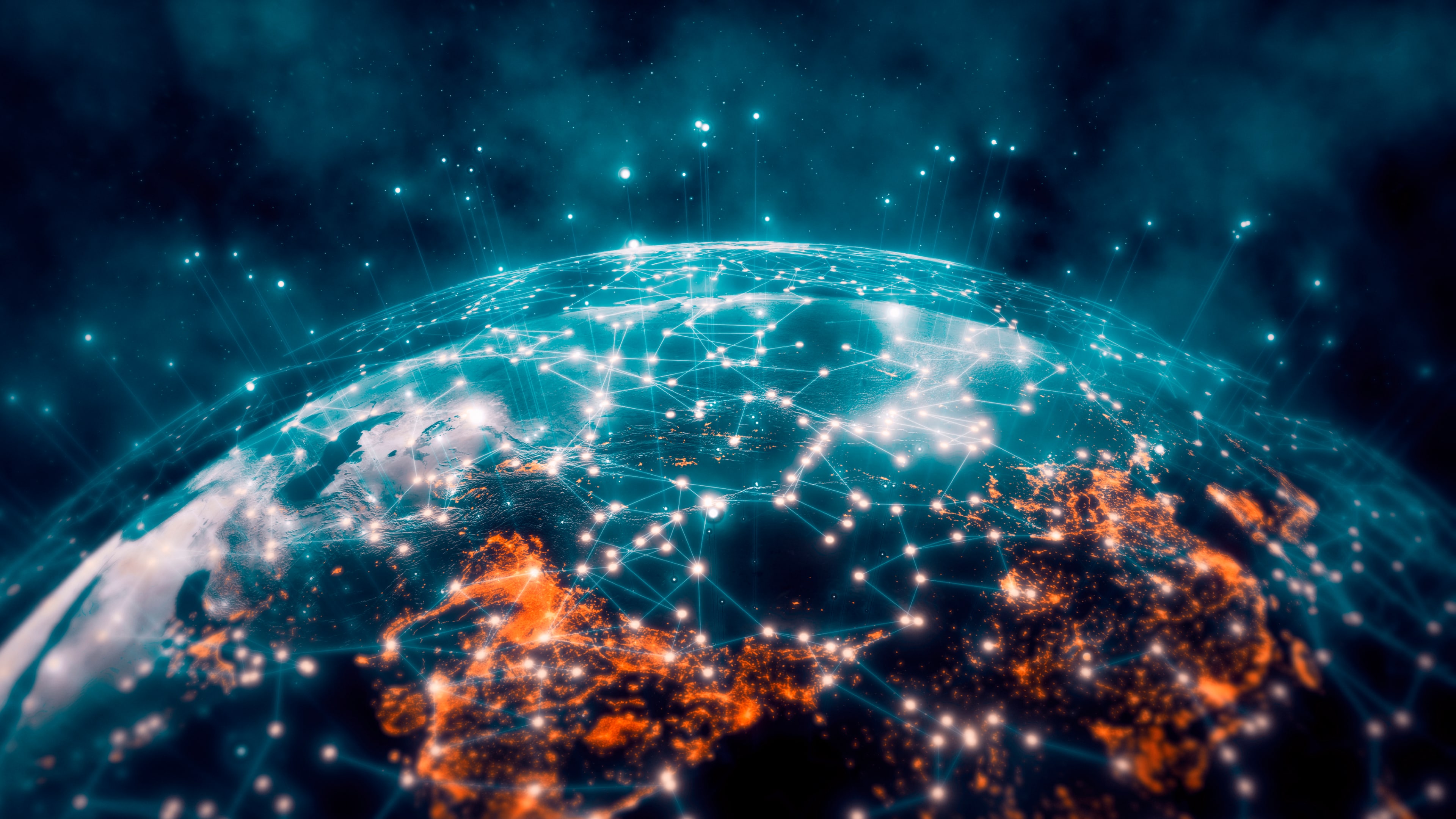How industrial clusters can become net-zero carbon exemplars

Suzhou Industrial Park, China, is nearly three times larger than the city of Paris and is home to over 4,000 businesses.
Image: King of Hearts via Wikimedia Commons.
Stay up to date:
Internet of Things
- 2021 represents a pivotal moment in the mission to tackle global emissions.
- New report by the World Economic Forum, in collaboration with Accenture, has highlighted the role industrial clusters have in the transition to net-zero.
- We look at leading examples that leverage cutting edge technology to accelerate this transformation and power a sustainable economy.
In the same month the US rejoined the Paris Agreement, Accenture, in collaboration with the World Economic Forum, released its report on industrial clusters and the role they can play in accelerating the path toward net-zero while generating green growth.
Harnessing the potential of digital, for example through Artificial Intelligence of Things (AIoT) – the combination of Artificial Intelligence (AI) and the Internet of Things (IoT) – will be a key enabler for net-zero industrial clusters.

The International Energy Agency tracks and projects global carbon emissions by country and industry, and looking at the data from their most recent World Energy Outlook 2020, combined with current discourse, three things become abundantly clear:
- 2021 represents a critical inflection point in our efforts to reach net-zero and prevent the worst effects of man-made climate change. In addition to the essential tasks of target setting – nationally determined contributions (NDCs) and sustainable development goals (SDGs) – taking measurements of the status quo (scope 1, 2 and 3 greenhouse gas emissions) and the hundreds of critical alignment meetings leading up to the UN Climate Change Conference of the Parties (COP26) in November, the summit will bring together international parties to accelerate action towards key climate goals. Profound action is necessary this year to set our course for the path to net-zero.
- Although widespread action is required across every corner of our economy – households, businesses and governments – the heavy-lifting of this net-zero transformation will fall to the energy and industrial sectors which are responsible for two-thirds of the world’s CO2 (around 22 gigatons per annum). As such, the transition to highly flexible and resilient grids powered by renewables, the clean electrification of transportation/heating/cooling and the widespread transformation to net-zero carbon industrial clusters, will be equally crucial if we are to reach net-zero.
- Currently available technologies, “economy relaunch” budgets and society’s awareness for this existential issue create a unique opportunity to build back greener: create jobs; transform how we work and live; and find economic prosperity in the path. For the first time, low carbon technologies are converging with digitally automated and optimized factories and modes of transportation, enabling new business models and shaping a compelling, "no regrets" approach to a net-zero future. Those seeking to put their capital to work are finding smart green investment can provide healthy returns for investors as well as healthy outcomes for citizens.
What's the World Economic Forum doing about the transition to clean energy?
Digital infrastructure, such as AIoT, is the cornerstone of building back greener and smarter. The IoT ties together vast networks of industrial sensors, machines, control systems and data. It captures, in real-time, every aspect of the nature, state and behaviour of industrial and urban infrastructure. Al and machine learning algorithms can then process the data to identify optimization opportunities (e.g. when using digital twins).
Digital twins enable users to create virtual representations of physical systems or devices to simulate real-world scenarios and make informed decisions. When applied to a grid for example, they can predict future states, and can optimize technical and economic performance over the lifetime of the grid. They can also be used to help optimize demand and supply.
Only by harnessing both AI and IoT can industry move from actionable insight to automatically actioned insight. If the “knowing” (AI) represents our completeness of vision, then the “doing” (IoT) represents our ability to execute. A no regrets pathway to net-zero industrial clusters must have both elements, working together in harmony.
Suzhou Industrial Park (SIP), is an example of how “smart” and “green” can be combined, as showcased in the recent report Industrial clusters critical to achieving net-zero from Accenture in collaboration with the World Economic Forum. SIP is one of the largest and most modern industrial parks in the world. SIP is situated in Jiangsu, China, and occupies an area of 288 km2 (nearly three times larger than the city of Paris) and is home to over 4,000 businesses.
The park is powered by an innovative open smart energy and industrial services hub. Tenants can consume AIoT-enabled services, benchmark their energy and carbon intensity and choose a range of cost-effective, low carbon and net-zero energy and infrastructure solutions from an open digital marketplace. At their disposal is a state-of-the-art digital toolset provided by the industrial park owners – allowing partners to rapidly deploy solutions at scale, improve their plans and operations, and track their energy efficiency and emissions. The data from this platform is then used to fuel research, innovation and exciting new net-zero solutions and start-ups, fuelling further prosperity, efficiency and growth.
Many leading British local authorities are also starting to address this net-zero challenge by moving from tactical (project-based) to strategic (programme-based) procurement, aiming to reach net-zero carbon by 2050 or sooner and at lowest possible cost to their citizens and businesses. Many are starting to use open tenders and identify consortium partners that can deliver full-scope, AIoT-integrated, local net-zero urban and industrial solutions. The aim being to decarbonize, digitally transform and optimize energy and infrastructure, using a joined-up, cross departmental strategy and unifying programme of works.
Few businesses, cities or states have the luxury of starting their digital and net-zero transformation from a clean slate. Virtually all must evolve from a continuously incremental state of urban and industrial legacy. Retrofitting for energy efficiency, net-zero carbon and intelligent industrial infrastructure is significantly more challenging than designing it from scratch. Only by orchestrating new smart, low-cost, net-zero solutions around a unifying, cross-departmental, AIoT-enabled programme of works, can best value for businesses, citizens and governments be achieved.
Accept our marketing cookies to access this content.
These cookies are currently disabled in your browser.
Don't miss any update on this topic
Create a free account and access your personalized content collection with our latest publications and analyses.
License and Republishing
World Economic Forum articles may be republished in accordance with the Creative Commons Attribution-NonCommercial-NoDerivatives 4.0 International Public License, and in accordance with our Terms of Use.
The views expressed in this article are those of the author alone and not the World Economic Forum.
Related topics:
Forum Stories newsletter
Bringing you weekly curated insights and analysis on the global issues that matter.
More on Emerging TechnologiesSee all
Kate Whiting
July 21, 2025
Ali Alwaleed Al-Thani and Santiago Banales
July 21, 2025
Goodness Esom
July 18, 2025
Ximena Játiva and Mario Di Gregorio
July 15, 2025
Aaron Sherwood
July 15, 2025







